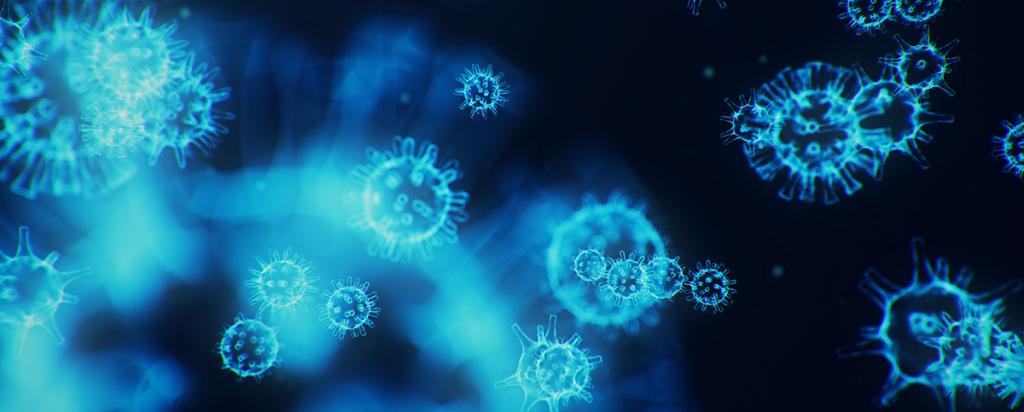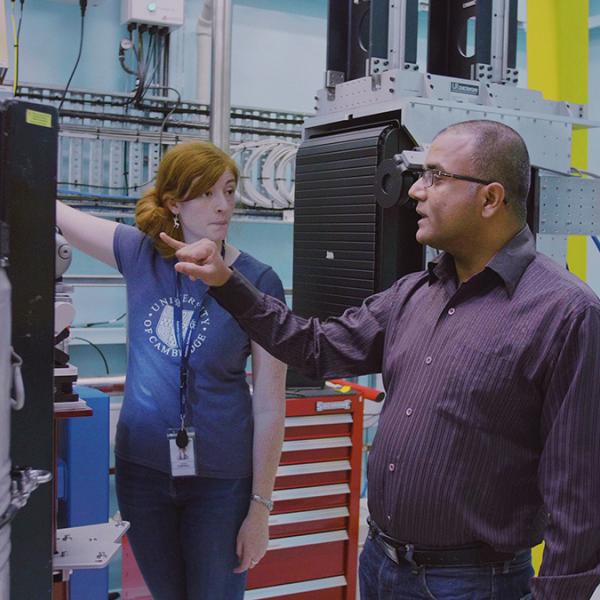
An international team of researchers including the Walter and Eliza Hall Institute (WEHI) has conducted a study into the mechanisms by which COVID-19 suppresses the immune system with the prospect of repurposing existing drugs to act as antivirals.
The paper, published in The EMBO Journal, describes the structure and activity of a key SARS-CoV-2 protein, papain-like protease (PLpro), which could be a target for antiviral drugs.
The WEHI team led by Prof David Komander used the Australian Synchrotron Microfocus Crystallography (MX2) beamline as part of the investigation into how the protease interacts with ubiquitin and other key proteins.
MX2 is one of several beamlines operating for COVID-19 research at the Australian Synchrotron.
It has been shown in previous studies that blocking the activity of proteases, such as PLpro, in other coronaviruses can decrease the virus’s ability to replicate inside host cells.
There are a number of reasons why this blockage is important.
Firstly, when coronaviruses invade host cells, they start to produce their own proteins in long, linked chains called ‘polyproteins’. These chains need to be cleaved or cut into individual proteins before they can become functional and start the replication cycle.
PLpro, a viral protease, is responsible for cleaving these polyproteins into their functional units.
Secondly, when a virus invades a host cell, it sets off the host’s immune response.
The viral invasion is signalled by a process known as ‘ubiquitination’, in which the protein ubiquitin is tagged onto other proteins flagging that there has been a viral infection.
PLPpro dampens the immune response by removing the ubiquitin-like signalling complex ISG15, so the host’s natural immune response can’t activate properly.
By targeting proteases including PLpro, researchers hope to decrease the cleavage process and activation of viral polyproteins, and stop the virus from switching off host immune responses.
In this study, data collected on the Australian Synchrotron’s MX2 beamline was used to build models of how PLpro is bound to ubiquitin and ISG15, allowing researchers to determine how PLpro interacts with different molecular signalling tags.
The researchers also undertook a comprehensive screen of existing drug molecules in looking for candidates that could inhibit PLpro’s activity.
Repurposing existing drugs is an attractive prospect, as these compounds have already been approved for clinical use; which could expedite their development as prospective antivirals.
Researchers screened a library of more than 3700 compounds against PLpro but found no significant, repeatable inhibition of protease activity.
In addition to this library of compounds, however, the researchers also tested several inhibitors that were developed for the equivalent protein in SARS.
One of these candidates did produce a reduction in cell death associated with a SARS-Cov-2 infection, and reduced the infectivity of the virus.
“Work like this remains vitally important in the search for strategies to combat the SARS-CoV-2 virus, which causes COVID-19”, said MX principal scientist Dr Alan Riboldi-Tunnicliffe and collaborator with the WEHI group.
“The more we know about the fundamental mechanisms of the virus replicating in humans, the more likely it is that we find a therapy, or combination of therapies, to improve outcomes for patients.”
Several research groups at WEHI are involved in aspects of research against COVID-19.

